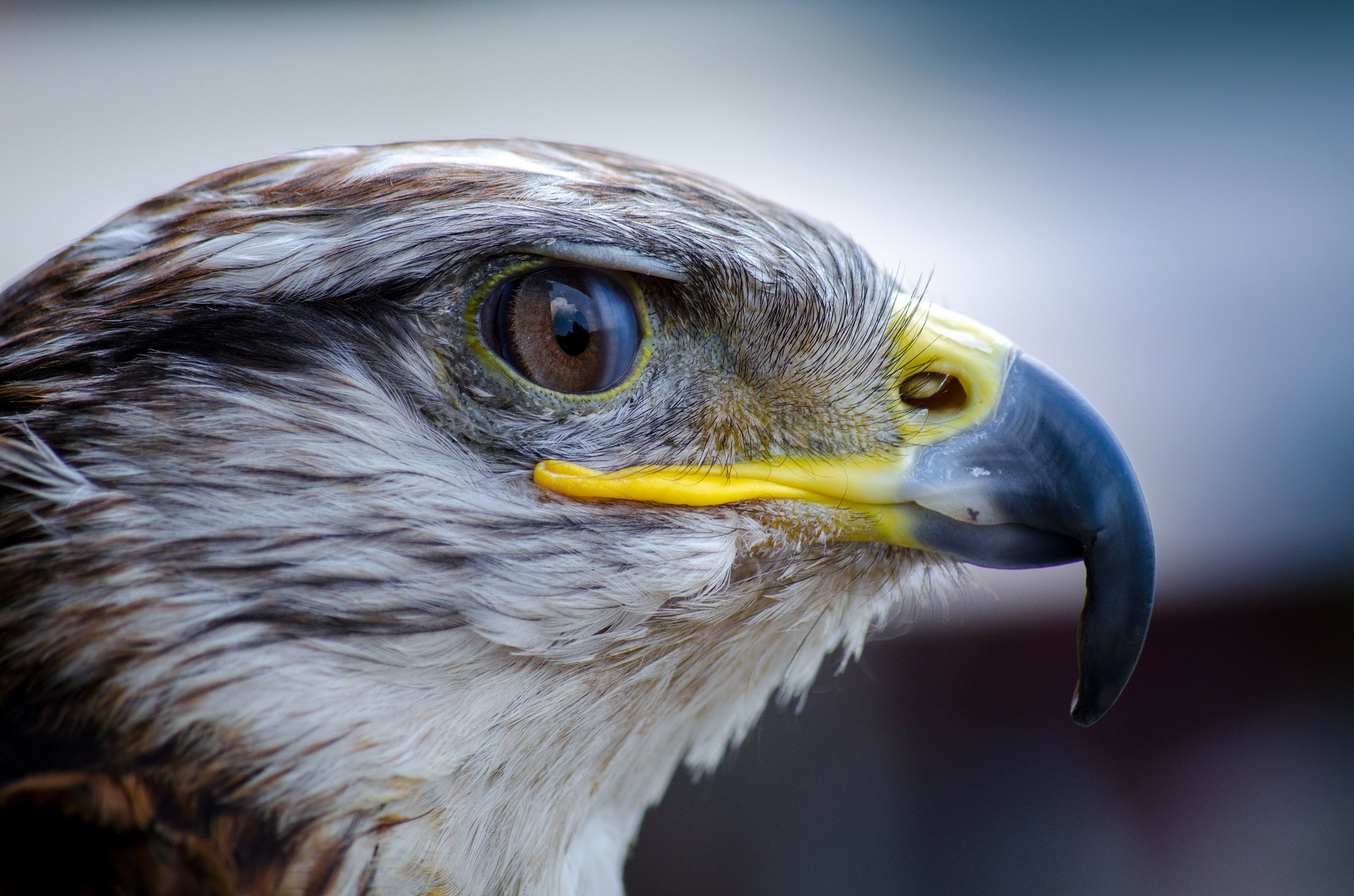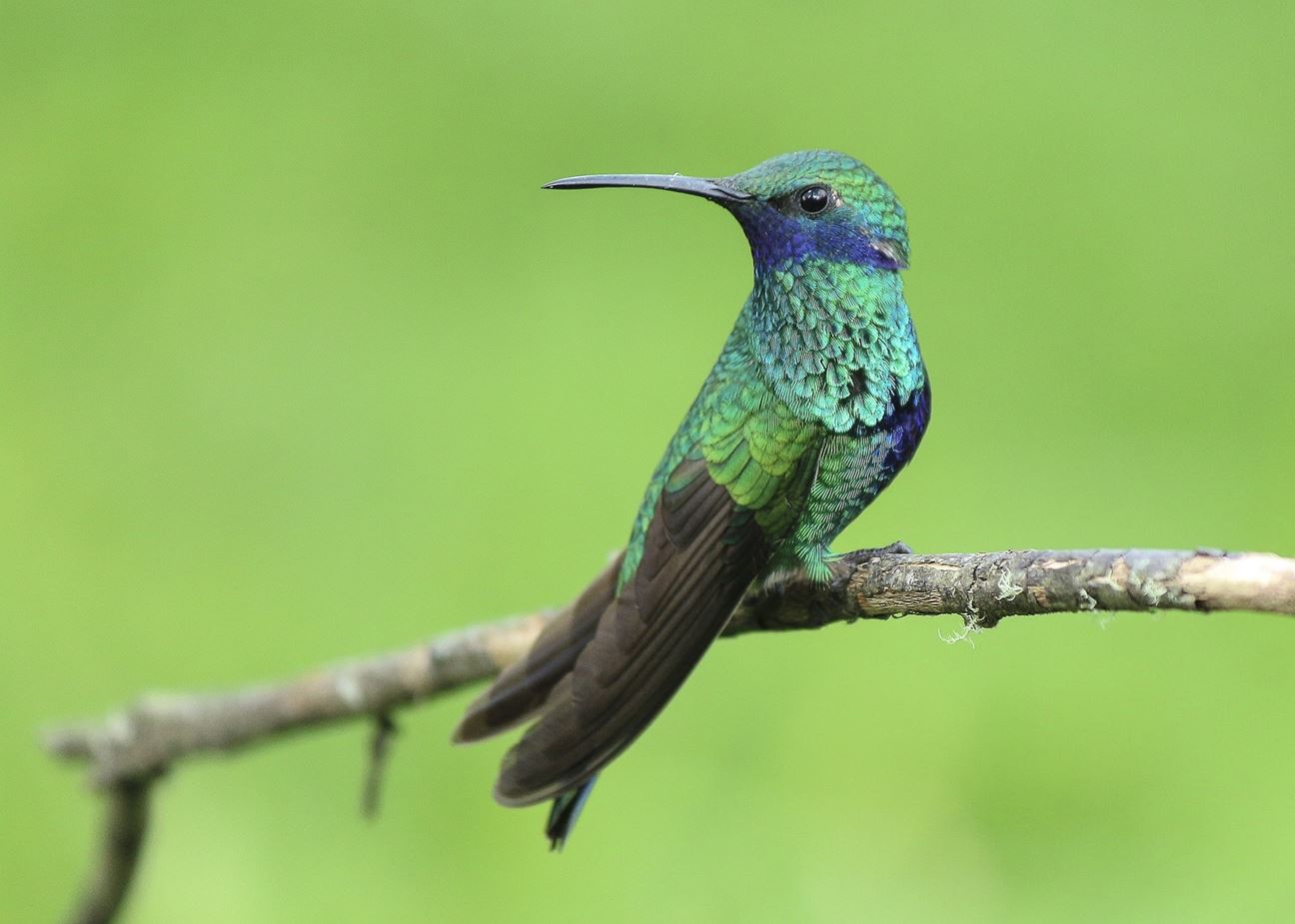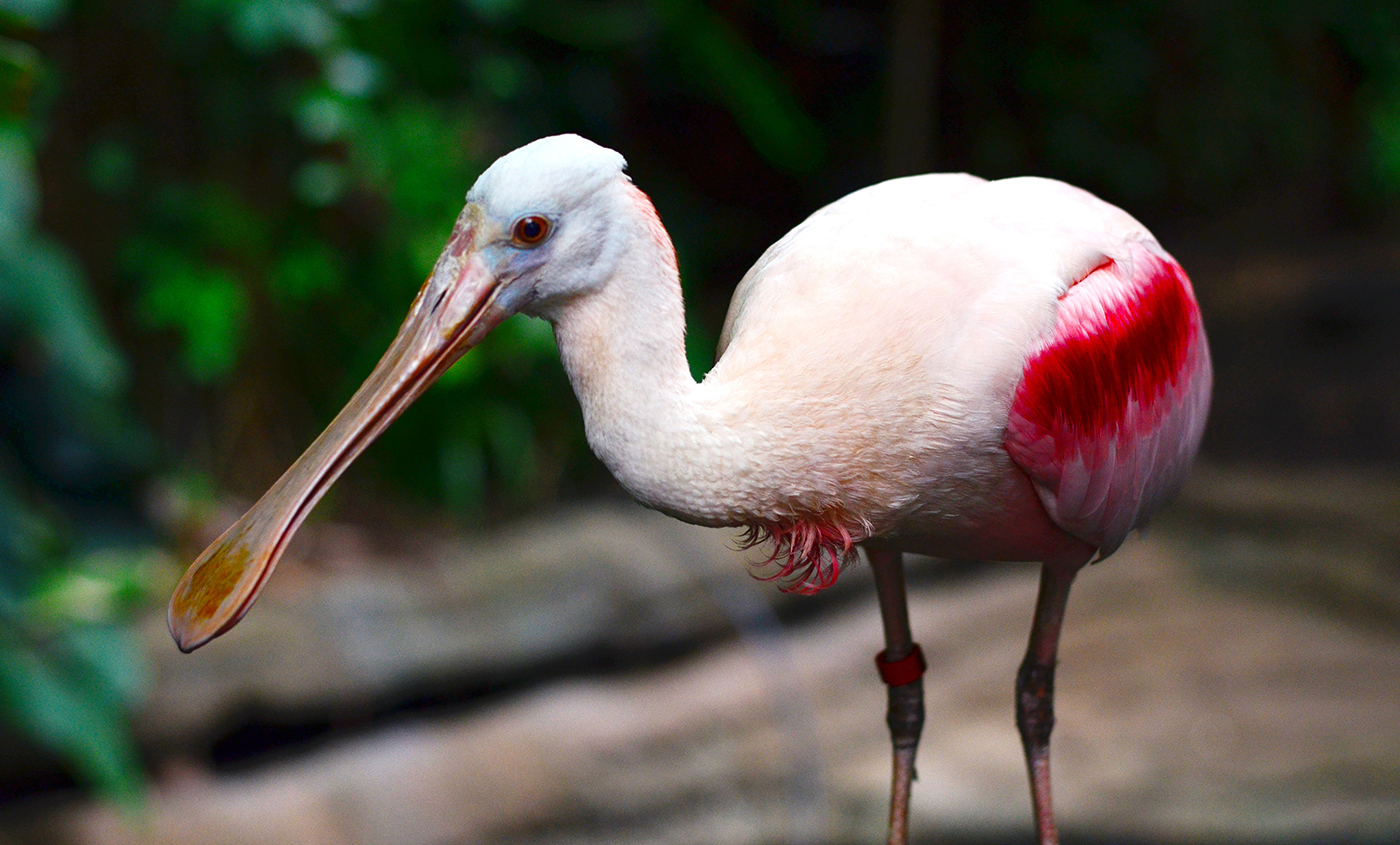Birds are a class of vertebrates with more than 18,000 different species, and one of their most characteristic features is their beak. A bird’s beak is a type of mouth in which the jaws have no teeth and are covered by a horny layer of a protein called keratin, similar to the nails or horn of a rhinoceros.
These beaks have evolved differently in each species to improve their functions in response to the environment, including feeding, defense, grooming, mating, regulating body temperature, and building nests.
You are reading: 10 Types Of Bird Beaks

10 Types Of Bird Beaks
Hooked beaks

Birds have a remarkable variety of beak shapes and sizes, each uniquely adapted to their specific feeding habits and environments. One of the most fascinating types of bird beaks is the hooked beak, which is typically found in birds of prey such as eagles, hawks, falcons, and owls.
The hooked shape of the bill allows these birds to capture and kill their prey efficiently. The sharp, curved tip of the bill is used to pierce the skin and flesh, while the hooked shape helps to keep the prey from escaping.
The hooked bill also provides a strong grip that allows the bird to hold onto its prey while it tears off pieces.
The hooked bill is not exclusive to birds of prey, however. Some other bird species, such as pelicans and cormorants, also have hooked bills which they use to catch fish. For them, the hooked shape of the bill allows them to grab and hold onto slippery fish as they swallow them whole.
Shrikes, a type of predatory songbird, also have hooked beaks that help them feed on everything from lizards and insects to small birds and mammals. Vireos, another small bird species, use the curved hook at the end of their beaks to help them methodically hunt for caterpillars.
Cone-shaped beaks
Cone-shaped beaks are a type of beak found in various bird species, including goldfinches, sparrows, canaries, grosbeaks, and finches. These beaks are short, robust, and end in a conical shape, which allows the birds to effectively crack open seeds and nuts.
The cone shape, along with special grooves in the beak, helps in trapping and cracking the seeds. The beaks are strong and well-suited for this feeding behavior.
Short, curved beaks
Read more : Can Parakeets Eat Cheese
Birds with short, curved beaks are often adapted for splitting open hard fruits and nuts. Some examples of birds with this type of beak include:
– Parrots and macaws: These birds use their short, curved beaks to crack open hard nuts and seeds.
– Budgerigars: Also known as parakeets, these small parrots have tiny curved beaks that allow them to crack open seeds and nuts.
The shape of a bird’s beak is often determined by the type of food they eat. In the case of birds with short, curved beaks, they are typically frugivorous species that also eat seeds.
Straight, thin beaks

Birds with straight, thin beaks are often specialized in catching and eating insects. These beaks are well-suited for their hunting methods and preferred environments. Some examples of birds with straight, thin beaks include:
– Robins: They stand still to hunt and feature straight, thin beaks.
– Bee eaters: These birds specialize in catching and eating insects with their straight and thin beaks.
– Woodpeckers: They have strong, thin beaks to peck through wood and find bugs.
These birds use their beaks to catch and eat insects, which is their primary food source. The straight, thin shape of their beaks allows for precise and efficient hunting.
Long, thin, needle-like beaks

Other birds with long, thin beaks include the Long-billed Dowitcher, which uses its beak like a sewing machine needle to probe the ground for invertebrates, and the Curve-billed Thrasher, which has a long, curved bill that it uses to catch insects and other small prey.
Wide, flat beaks

Birds with wide, flat beaks are often specialized in filter-feeding, sifting through water or mud to extract small organisms and nutrients. Some examples of birds with wide, flat beaks include:
– Flamingoes: These large, pink birds have long necks and wide, layered beaks that they use to filter-feed in shallow water.
– Swans and ducks: These waterfowl also have wide, flat beaks that help them filter-feed by picking out small organisms from ponds and riverbeds.
– Black Skimmers: These unique shorebirds have large, yet very thin, beaks with a lower mandible that is longer than the upper mandible. They use their beaks to skim the water’s surface and catch small fish.
– Shoebills: Native to East Africa, these large birds have impressive flat beaks that they use for catching and eating fish, frogs, and other small aquatic creatures.
These birds’ wide, flat beaks are specifically adapted to their feeding methods and environments, allowing them to efficiently gather food from their surroundings.
Insectivorous beaks
Birds with insectivorous beaks are those that primarily feed on insects. These birds have different beak shapes and sizes depending on their environment and behavior. Some examples of birds with insectivorous beaks include:
– Swallows: They have short, broad mouths that they leave gaping while flying, allowing them to catch insects in midair.
– Robins: They stand still to hunt and feature straight, thin beaks.
– Warblers, wrens, and orioles: They have relatively thin tweezer-like beaks that easily pick up and hold on to insects.
– Hummingbirds: They have long, thin, needle-like beaks that they use to sip nectar from flowers.
Read more : When Do Hawks Hunt
Birds with insectivorous beaks have adapted to their environment and feeding habits, allowing them to efficiently catch and eat insects.
Dabbling beaks
Dabbling beaks are a type of beak found in ducks and other waterfowl that primarily eat aquatic plants and forage in shallow water. When these birds are actively feeding, they tip their body into a vertical position, head down, under the water, while their rear end is sticking straight up above the surface of the water. Some examples of birds with dabbling beaks include:
– Mallards: These large ducks have wide, flat bills and are considered dabbling ducks. They forage in shallow water and feed on aquatic plants, seeds, and insects.
– Gadwalls: These ducks have a dabbling feeding behavior, and their beaks are adapted to filter out small organisms and seeds from the water.
– Northern Shovelers: These ducks have large spoon-shaped bills that they use to forage head down in shallow wetlands.
Dabbling beaks are specifically adapted to the feeding habits of these birds, allowing them to efficiently gather food from shallow water and mud.
Probing beaks
Birds with probing beaks have long, slender beaks that are designed primarily for accessing nectar inside flowers. These beaks often resemble straws and are accompanied by long, thin tongues. Some examples of birds with probing beaks include:
– Hummingbirds: They are the most famous bird species with probe-style beaks, using them to sip nectar from flowers.
– Sunbirds: These small, colorful birds also have probing beaks and feed on nectar.
– Spinebills: Similar to hummingbirds, spinebills have long, thin beaks for accessing nectar.
– Honeyeaters: Several types of honeyeaters, such as the Eastern Spinebill, also have probing beaks for feeding on nectar.
These birds have evolved their beak shapes to efficiently gather nectar from flowers, making them important pollinators in their ecosystems.
Crushing beaks
Birds with crushing beaks have strong, sturdy beaks that they use to crush nuts, fruits, and even small vertebrates. Some examples of birds with crushing beaks include:
– Crows and ravens: These birds have strong beaks that they use to crack open nuts and seeds, as well as to crush the shells of small animals like snails and crabs.
– Pigeons and doves: They have a small, but powerful beak that they use to crack open seeds and nuts.
– Toucans: These birds have large, colorful beaks that they use to crush fruit and nuts.
– Hornbills: They have a casque, which is a feature on top of their bill that has a striking upward curve like a rhinoceros horn, and they use it to crush fruit and insects.
Birds with crushing beaks have evolved their beak shapes to efficiently gather food from their surroundings, allowing them to survive in their respective environments.
FAQS
1. What is a bird beak?
In biological terms, a bird beak is a type of mouth in which the jaws have no teeth and are covered by a horny layer of a protein called keratin, similar to the nails or horn of a rhinoceros.
2. Why do birds have different types of beaks?
Birds have evolved a wide array of beak shapes and sizes, each suited to their specific ecological niche and dietary preferences. These specialized beaks allow birds to gather food efficiently, whether it be nectar, seeds, insects, or even fish. Beak variations also aid in grooming, nest-building, defense, courtship displays, and temperature regulation.
3. How many types of bird beaks are there?
There are many types of bird beaks, but here are 10 examples of interesting beak shapes and how they aid the birds they are attached to:
1. Beaks for tearing flesh
2. Beaks for cracking
3. Beaks for chiseling
4. Beaks for sipping nectar
5. Beaks for spearing
6. Beaks for drilling
7. Beaks for ripping
8. Beaks for filtering
9. Beaks for catching insects
10. Beaks for eating seeds and grains.
5. How can bird beaks help identify bird species?
The shape of a bird’s beak can be a useful way to identify its species. By considering the bird’s diet and matching it with the shape of its beak, you can make educated guesses about the bird’s species. For example, finches that eat seeds and grains have broad, strong, and stunted beaks to mash up the hard shells, while hummingbirds that eat nectar have curved, slender bills for dipping into tubular flower parts.
6. What are bird beaks made of?
Bird beaks are made of a protein called keratin, which is the same material that makes up human nails.
Source: https://petstutorial.com
Category: Birds










